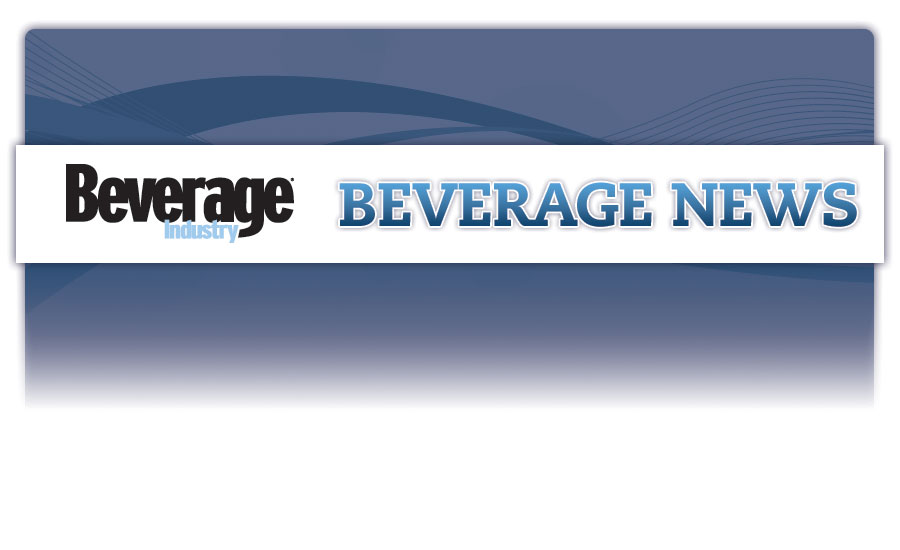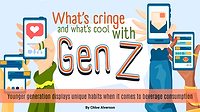San Francisco-based Lithium Technologies released the “State of Social Engagement 2017,” its annual study that examines whether brands are using social to effectively engage with consumers.
Among the key findings, 98 percent of brands are stuck in broadcast mode, relying largely on push tactics rather than proactively listening and responding to their consumers across social channels. One percent of brands build relationships with advocates and influencers.
Combining hard data with human analysis, the State of Social looks at eight industries and 70 of the world’s top brands to determine how strategic and effective brands are across their social channels and communities, the company says. The report rated select Fortune 1000 brands across branded online communities as well as five of the most popular social channels used by consumer brands to engage with customers: Facebook, Twitter, YouTube, Instagram and Pinterest.
Since last year’s report, brands showed improvements including better storytelling, more cohesion across channels and more engagement with follower content. Despite these specific tactical improvements, engagement overall is down year over year for most brands due to lack of strategic focus, increased noise from competitors and the proliferation of new channels, which can strain internal resources, it says.
“In the event of a crisis, consumers inevitably turn to social media to voice their opinion, which can cause bad situations to worsen for brands who aren’t prepared,” said Rob Tarkoff, Lithium president and chief executive officer, in a statement. “It’s no longer a question of whether social has real-world impact on businesses. It does, and getting the strategy right will have a direct impact on stock price, sales and long-term success of the business.”
Top study findings are as follows:
- Declining performance:
- 98 percent of brands’ social strategies are stuck in antiquated broadcast mode (up from 95 percent last year).
- 99 percent of brands are not tapping influencers across channels (up from 96 percent last year).
- Areas of improvement:
- 27 percent of brands leveraged storytelling this year (a significant jump from last year’s 6 percent), as more shifted away from relying on random one-off posts.
- Brands leveraged Facebook (73 percent) and Twitter (63 percent) to engage with consumers, but largely ignored channels like Instagram, Pinterest and YouTube.
- Last year, less than 40 percent of brands asked questions of their followers or engaged with follower content. This year, that number jumped to 56 percent.
- Similarly, brands got the hint on leveraging follower content with 63 percent retweeting followers, compared with just 35 percent in 2016.
In addition to analyzing individual brands, the study also ranked the performance of the eight industries studied, and a few brands rose above the fold, the company says.
Overall, retail and consumer products scored the highest as a vertical with powerful community engagement via how-to posts and corporate social responsibility initiatives. Full industry rankings are as follows:
- Retail
- Telecommunications
- Consumer products
- Sports
- Automotive
- Technology
- Travel and hospitality
- Financial services
The full report can be accessed here: https://www.lithium.com/state-of-social-2017
An infographic highlighting the study findings is here: https://www.lithium.com/pdfs/infographic/lithium-the-state-of-social-engagement-2017.pdf









